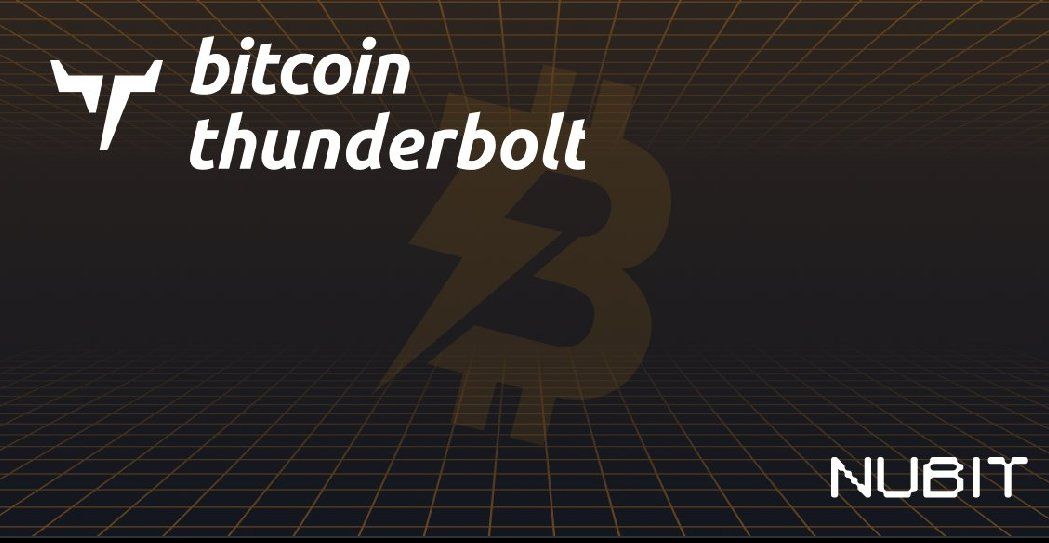Bitcoin Thunderbolt, the eagerly anticipated ‘boosting network’ for the largest cryptocurrency in the world, went live on mainnet this week. It aims to boost transaction speeds, unlock programmability, and unify Bitcoin-native assets—all on-chain.
The development follows the launch of Lightning Network in 2015, which has resolved some payment scalability issues.
Developing Bitcoin Thunderbolt
Bitcoin Thunderbolt was developed by the blockchain firm Nubit over several years, incorporating extensive research, engineering, and community feedback. With its suite of innovations, the launch distinguishes itself from prior Bitcoin scaling solutions.
These include rapid transaction speeds, native programmability, a unified asset protocol, and trustless on-chain trading.
The boosting network aims to process transactions up to ten times faster than the traditional Bitcoin infrastructure, thus reducing wait times for everyday payments, asset transfers, and complex trading.
Developers can leverage building directly on Bitcoin without relying on off-chain workarounds. This paves the way for developing decentralized applications (dApps), smart contracts, and innovative financial instruments, all protected by Bitcoin’s foundational layer.
Previously fragmented standards, such as BRC-20, Runes, and Ordinals, are integrated into a cohesive protocol. This enables seamless management and transfer of Bitcoin-native assets, NFTs, and tokens.
Additionally, it introduces BitMM, a decentralized exchange mechanism that enables trustless, on-chain trading, which could eliminate the intermediary risks that have plagued centralized crypto exchanges for years.
Community Response and Road Ahead
Developers and Bitcoin holders have enthusiastically welcomed the debut. While the latter are hopeful about the network’s potential to spur adoption and utility, the former are already implementing new code and experimenting with Thunderbolt’s programmability.
Traditionally, the Bitcoin (BTC) community has been cautious of major protocol changes, and adding new layers always presents governance and technical challenges. The network seeks to address this issue by utilizing its security—and compatibility-focused architecture to optimize gains and reduce interference.
With new dApps, DeFi protocols, and asset types flourishing on top of the world’s most secure blockchain, the ecosystem may experience a resurgence in on-chain activity if adoption picks up speed.
READ MORE: Fartcoin Up 52% in a Week as Presales Draw New Eyes














